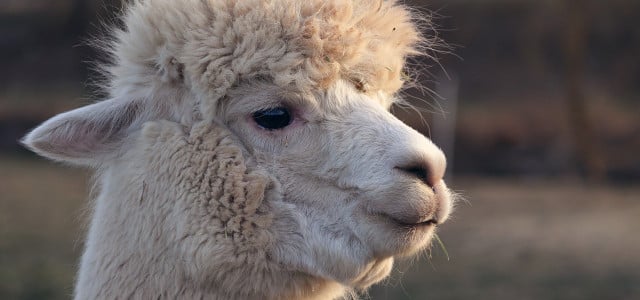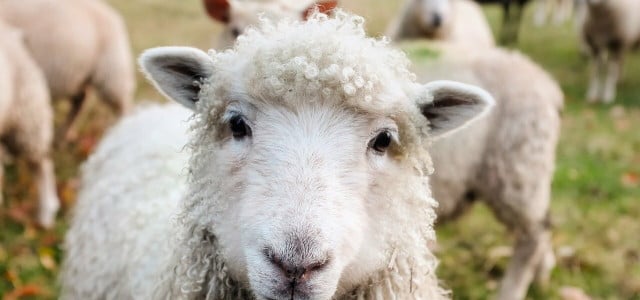Let’s be honest, many of us have chuckled a little at those online viral videos of llamas spitting on people. But why do llamas spit? And is it actually dangerous?
Llamas are fascinating creatures that have evolved and worked alongside humans for about 5000 years. These South American camelids (members of the camel family) are friendly, curious and intelligent creatures that display their own distinct personalities.
Prized for their lanolin-rich wool and more recently used to protect sheep herds, llamas remain popular, with many farms and animal parks working with them. And yeah, these lovable creatures will also spit on a regular basis, for a couple of different reasons that you should be aware of.
Why Do Llamas Spit? These Are the Reasons
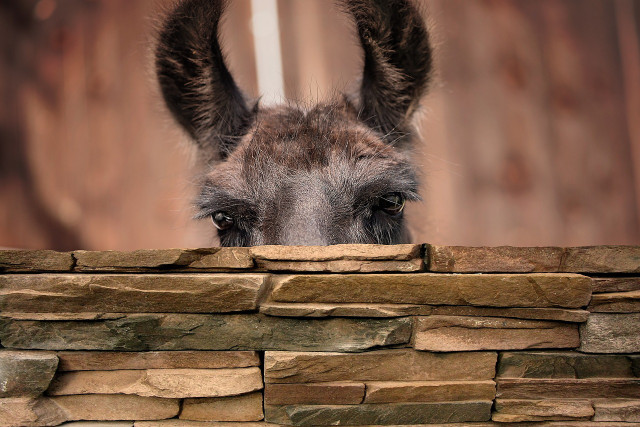


(Foto: CC0 / Pixabay / Pezibear)
So what’s the deal? Why do these innocent-looking beasts indulge in the unpleasant, albeit rare, behavior of spitting at humans? Well, llamas mostly spit first and foremost when they feel under threat or in distress. Pretty straightforward reasons, but they also tend to spit at one another more often, in a display of dominance or when in competition for food. Somewhat amusingly, female llamas will spit at males they refuse to mate with to show their disinterest.
The main reason we have seen so many videos on social media of llamas spitting on humans is likely because the people involved have gotten a little too close to the animals, causing them to become anxious. Llamas are very much accustomed to interactions with humans, since they have been mostly domesticated for thousands of years, but still, even these gentle animals have their personal boundaries.
In some instances, llamas we see confined in small-scale animal parks and petting zoos and not properly socialized, are likely to become distressed at the constant barrage of visitors, busy activity and constant noise around them.
Is Llama Spit Dangerous?
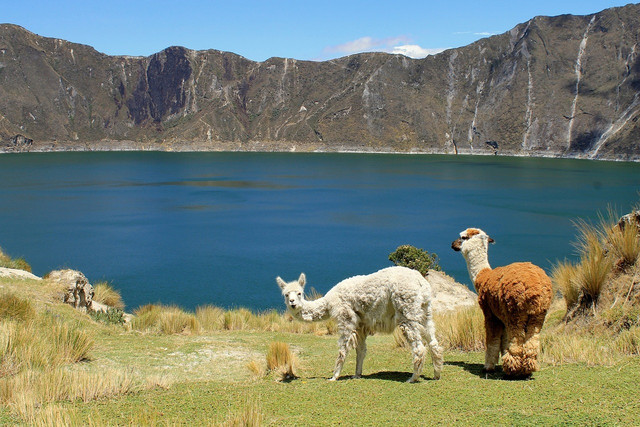


(Foto: CC0 / Pixabay / PublicDomainPictures)
Llama spit is not inherently dangerous, however it goes without saying that if spat on, you will want to clean off immediately. Their spit is mainly saliva, with a small amount of gastric fluids. Removing the llama spit right away is advisable since it can contain bacteria, parasites and diseases that could make any person (or animal) they have spat on sick.
How much they spit really depends on the individual traits of the llama and how much they feel threatened or bothered. Ultimately the biggest risk to you is embarrassment and the knowledge that one of these cheeky creatures got the better of you. Llama spit is certainly not deadly, so don’t worry.
Protection of Llamas in the US
Currently in the US, llamas are not considered an endangered or protected species, and therefore fall into the range of animals regulated under the USDA’s Animal and Plant Health Inspection Service and its Animal Welfare Act (AWA). The AWA was put in place in 1966 in order to ensure that animal exhibitors meet the minimal requirements regarding animal care.
The AWA is the only US federal law in place that regulates the treatment of animals used for research, testing, exhibition and transport. However, no government agency has the means to continuously monitor the hundreds of thousands of animals who live under these particular circumstances to actually enforce this regulation in any real way.
When it comes to visiting animal sanctuaries and petting zoos, animal welfare advocates such as PETA encourage people to support accredited zoos and animal sanctuaries that strive for the best possible outcomes for the animals in their care.
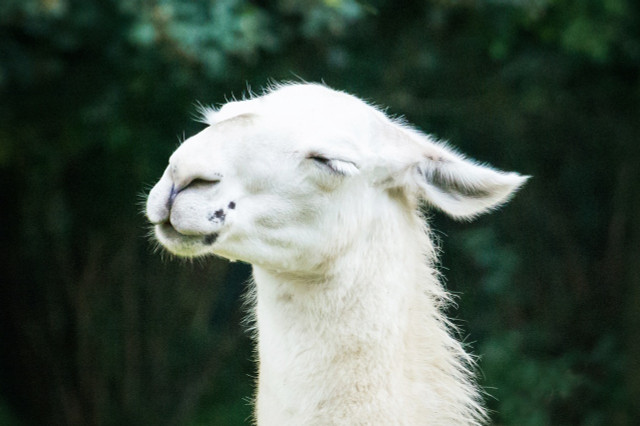


(Foto: CC0 / Pixabay / 6568315)
Given how gentle llamas are and their close relationship with humans, they have long been exploited for textile production, food, and even entertainment. Llamas are a common fixture in many petting zoos and according to PETA, are even exploited on college campuses as ‘therapy animals’ during exams.
Students are meant to be able to de-stress through contact with the animals, while for the animals it is nearly always a very stressful experience. These ‘comfort llamas’ are often transported over long distances, exposed to unfamiliar environments, and mishandled in the process.
Despite many farmers and wool producers applying more sustainable and humane ways of harvesting llama wool, the sad fact remains that cases of mistreatment, pain and violence being instilled upon llamas still persist.
When shopping, animal welfare organizations such as PETA and WWF encourage consumers to remain mindful, checking labels to make sure they are getting wool from a reputable, sustainable producer, or steer clear of llama wool products entirely if in any doubt — and choose a vegan wool alternative instead.
Read more:
- How to Keep Cats From Scratching Furniture: 6 Top Tips
- Should You Keep Goats as Pets? The Benefits & Drawbacks
- Should Zoos be Banned?
Do you like this post?






